U.S. Air Force B-1B Lancer bombers and allied fighter jets conducted a joint formation flight over Riga, Latvia, in a demonstration of NATO readiness and solidarity.
The mission formed part of Bomber Task Force Europe, a recurring series of deployments designed to test the alliance’s ability to operate seamlessly across the continent.
The aircraft passed over the Monument of Freedom, a national symbol in central Riga, underscoring the alliance’s commitment to collective defence in the Baltic region. The U.S. Air Forces in Europe and Air Forces Africa said the exercise “demonstrated NATO air forces’ ability to operate together anywhere, anytime.”
The mission was officially framed as a routine readiness exercise, such displays though are widely viewed as strategic signals of deterrence. Given Latvia’s proximity to Russia and ongoing regional tensions, the deployment served as a reminder of NATO’s capacity to rapidly project airpower near the alliance’s eastern flank.
The B-1
The B-1B Lancer is the backbone of America’s long-range bomber force, built to carry the largest conventional payload in the Air Force inventory. It can rapidly deliver massive quantities of precision and non-precision weapons anywhere in the world and is routinely employed in time-sensitive strike missions. Its role today focuses on conventional long-range strike and strike integration with allied air assets.
The airframe mixes a blended wing body, variable-geometry wings and afterburning turbofan engines to give long range, high speed and manoeuvrability while improving survivability. Forward wing settings are used for takeoff, landings and air refuelling; aft sweep is used in the main combat configuration for high subsonic and supersonic flight. The B-1B pairs a substantial payload with long loiter times, an advanced radar and a digital fire-control suite to operate in mixed force packages.
Onboard sensors and networks include synthetic aperture radar, a GPS-aided inertial navigation system and Link-16 connectivity, enabling precise targeting, moving-target engagement and secure data exchange with command centres. Defensive systems comprise electronic jamming, a radar warning receiver, expendable countermeasures and a towed decoy, which together support penetration of contested airspace. Ongoing upgrades target radar sustainability, cockpit integration and replacement of obsolete electronics to keep the type relevant.
The B-1B went into service in the mid 1980s after an earlier B-1A prototype programme in the 1970s. Its nuclear mission was removed in the 1990s and it now operates as a conventional-only heavy bomber. The type holds numerous speed and payload records and has been heavily used in recent conflicts, delivering a large share of coalition precision munitions in operations over the past three decades.


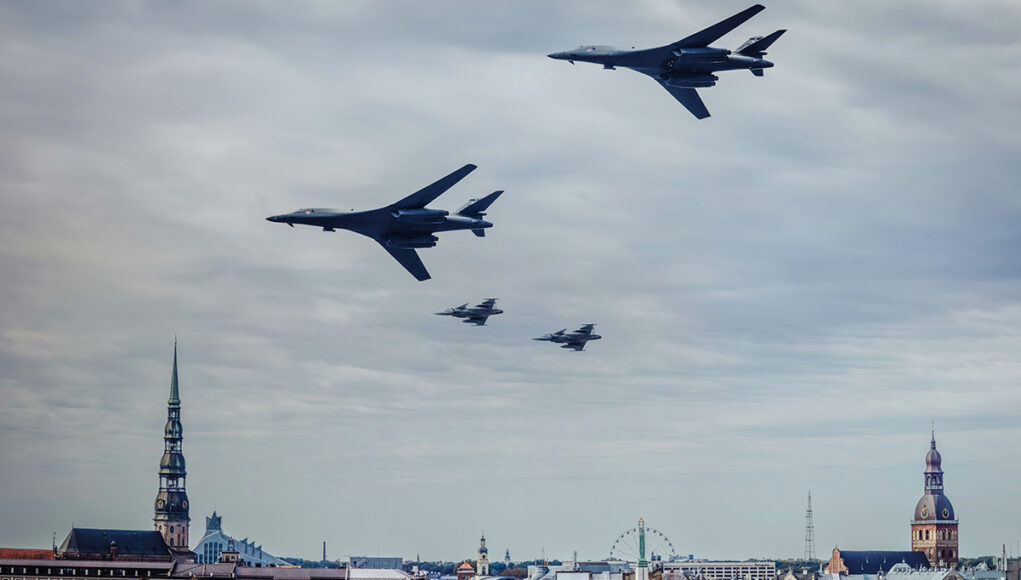
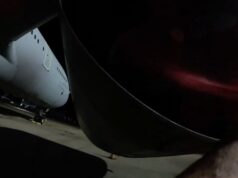
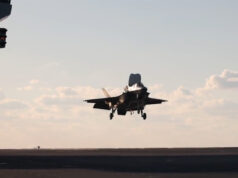
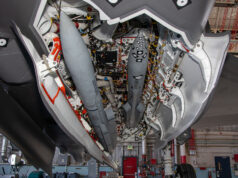

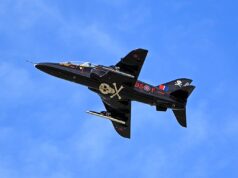
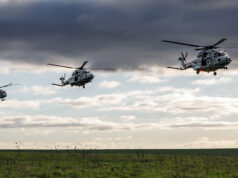

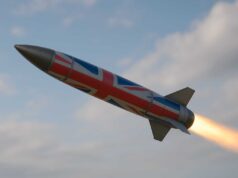
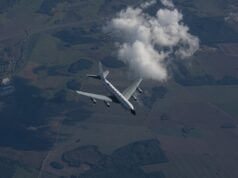
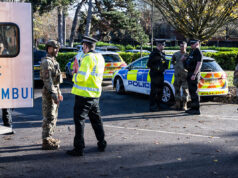

Question? Is the US/Nato relationship stabilising following months of mixed messages from Trump’s Government? Putin’s wavering approach is becoming more and more difficult to read, and recent battlefield losses must be keeping the Kremlin busy as it attempts to balance so many plates. I hope reason will prevail and this horrendous slaughter can be quickly ended.
Why does the USAF operate three models of strategic bomber: B-52, B-1B, B2? Will the new strat bomber replace them all?
B52 is great for leveling a few acres in uncontested airspace. B1 is great for chucking missiles and can fly supersonic. B2 can go into contested airspace.
B2 for day 1-7, B1 for day 7-21, B52 for the rest. Not a bad strategy.
B21 will replace B1 and some B52 but not all
You have no clue of the capability of the munitions that can be dropped from any of these weapons. Stop posting.
Yes interesting history, the B1 was supposed to replace the B-52 but the B-52 was just seen as too good an asset to lose as a bomb truck. It became a controversial high spec and costly programme that was cancelled in the 80s then revived (if in less capable form) when delays hit the B2 programme which was supposed to be its replacement. Now the plan is that the B-21 will replace both next decade. Of course judging by history things could change. Hadn’t realised how long it had been around actually, time certainly passes.
You really don’t understand a lot of stuff at all… Sit back and try to learn some history or actually talk to The operators that would be better.
Calm down mate.